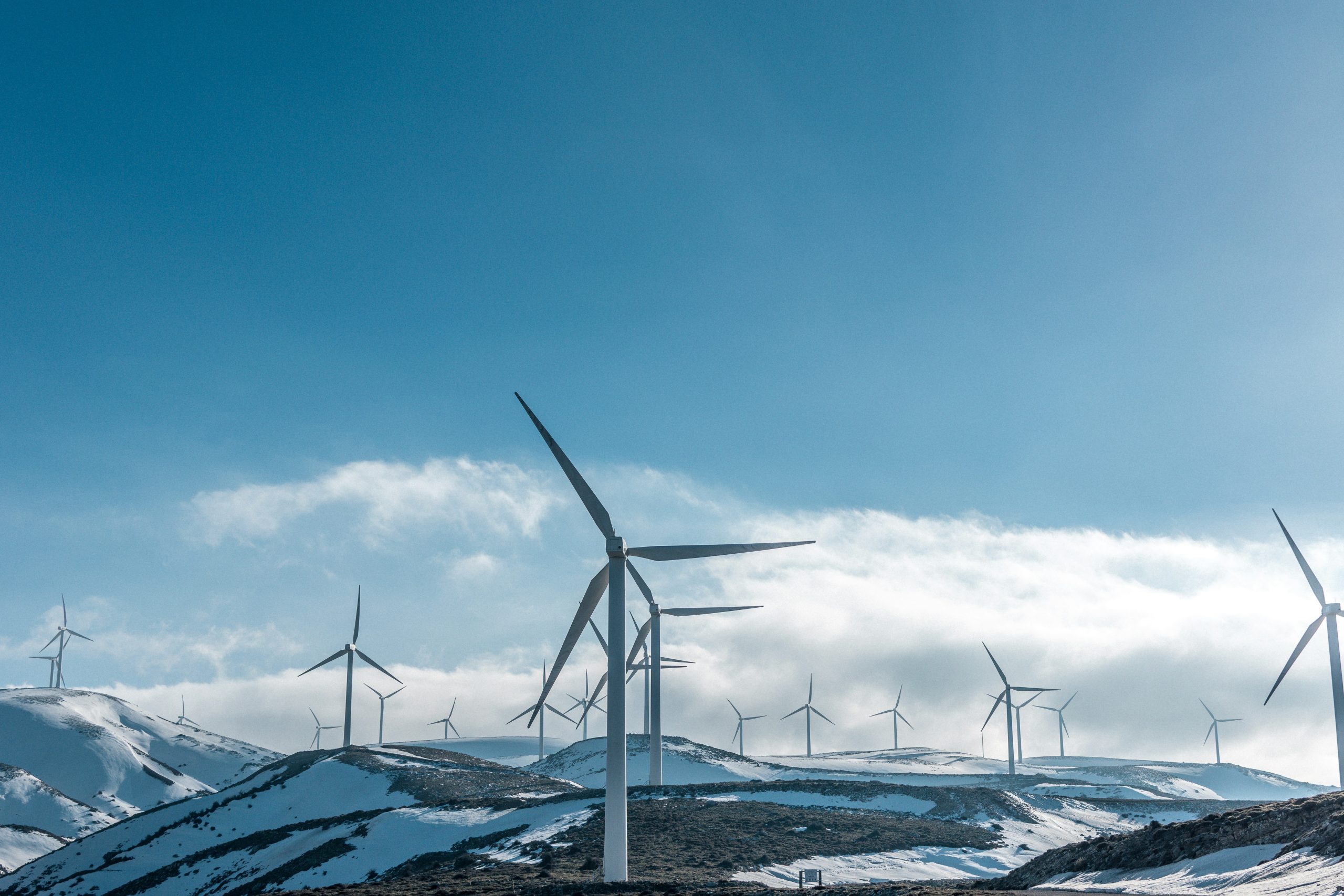Lithuania has great ambitions to develop offshore wind energy in the Baltic Sea. The report indicates 4.5 GW of the potential for the development of wind turbines in Lithuanian waters. We asked the Lithuanian Wind Power Association (Lietuvos vėjo elektrinių asociacija) about the challenges facing the industry in the context of wind energy developed in the Baltic Sea.
BalticWind.EU’s questions were answered by Urtė Daškevičiūtė – Assistant and Acting Director LWPA. The representative of the industry association explains in a commentary that in 2018, the Parliament of the Republic of Lithuania has approved the National Energy Independence Strategy. Looking at the goals set in the strategy, until the year 2050, 100 % of electricity is going to be produced in Lithuania, having 100% of the production from renewable energy sources. This strategy was followed by the National Energy and Climate Action Plan of the Republic of Lithuania (NECP), where offshore wind energy sector was clearly identified as a tool to reach the green objectives. It is projected that the total installed capacity of new wind turbines until 2030 should be 1000 MW onshore wind and 700 MW offshore wind while solar and hydro power plants combined should reach 308 MW. Given the legally binding status of NECPs, growth in the onshore and offshore wind energy sector is highly likely.
Today with 540 MW of installed wind turbine capacity electricity production from wind energy covers around 13% of the final consumption of electricity in Lithuania – Urtė Daškevičiūtė said. She explains that offshore wind power will have a substantial impact on Lithuanian wind energy market – one 700 MW wind park would have a larger capacity than all of the onshore wind parks combined.
„Additionally, it is estimated that the park might make around 3 TWh of electricity in a year, which is around one fourth of the final electricity consumption in Lithuania. In 2018, a study carried out by Klaipėda scientists to assess the potential for offshore wind development in the Baltic Sea identified a potential of a total installed offshore capacity to be of 3.35 GW. As the electricity consumption in Lithuania is increasing and the challenges with permitting are getting more difficult to resolve, offshore wind could be a key instrument to reach climate neutrality until 2050” – Urtė Daškevičiūtė explained.
The first 700 MW offshore park is going start to generate power until 2028.
What are Lithuania’s current offshore wind plans? The head of the association explains that the government of the Republic of Lithuania is anticipating that the first 700 MW offshore park is going start to generate power until 2028.
„Wind speed and direction measurements also the geological assessments should start in the third quarter of 2021. The auction should take place in 2023-2024. The offshore wind park is going to be located 30-40 km from the coast, depth being 25-40 meters. The support model applied is the two-sided contract for difference (CfD) for 15 years. The above mentioned offshore wind park is said to be the first stage of offshore wind park development in the maritime area of Lithuania. A second stage would add additional 700 MW of offshore capacity, however no official dates for the second stage of offshore development were released.”
Local content and Baltic Sea region cooperation
Each country developing offshore wind energy tries to involve domestic companies and producers in the value chain for a given sector. So we are asking how does Lithuania perceive the issue of local content.
“It is hoped that the planned construction of offshore wind turbines will give an impetus to the creation of a maintenance base in the Port of Klaipėda, to identify new business niches related to the assembly or even production of components needed for the turbines, logistics, and technical maintenance. It is estimated that the wind park will create around 1 400 direct and secondary jobs.”
What about the potential of cooperation in offshore wind energy sector with other countries of the Baltic Sea region? Urtė Daškevičiūtė pointed out that collaboration with Lithuanian neighbors has always been an interest to this country.
„Even though currently no letters of intent have been signed, some see unfulfilled potential in collaboration with Poland. Additionally, in the future we hope to see some spectacular joint projects with our Northern neighbors across the Baltic Sea.”
The biggest challenges for Lithuania?
Daškevičiūtė said that the biggest challenge, which in general is applicable for most of the ‘newbies’ in the offshore business, is that there is a lack of experience on both the business and government sides.
„However, this lack of experience from the government side requires heavy load of public or two-sided consultations in order not to create any regulations that might deteriorate incentives from a business side to invest in the offshore wind market in Lithuania”.
She added that these consultations sometimes prolong the processes to a great extent, but are crucial to lay a good foundation for the future offshore energy market in Lithuania.














